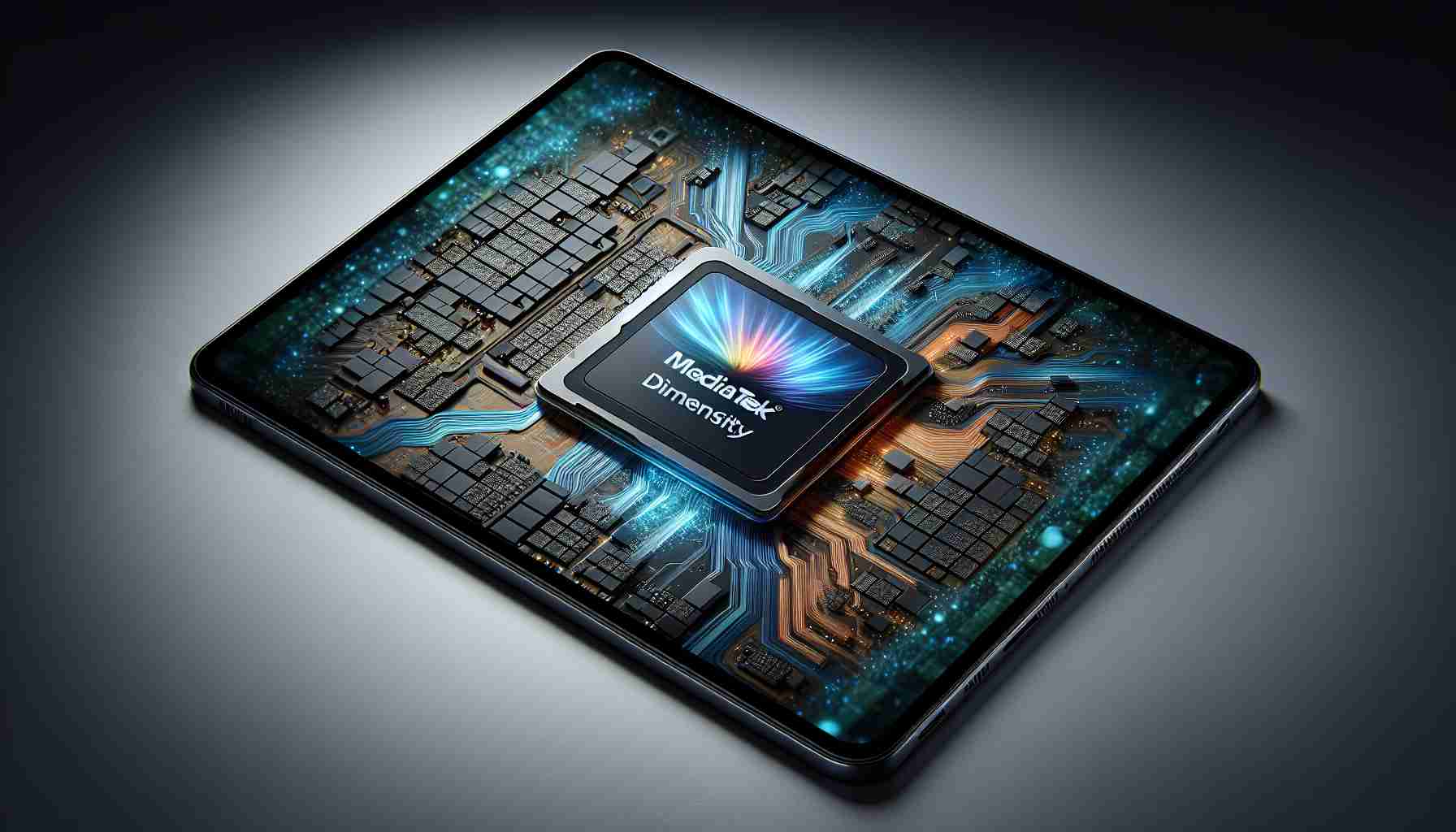Samsung has made a bold move by choosing MediaTek’s Dimensity 9300+ chipset over Qualcomm’s Snapdragon 8 Gen 3 for its upcoming Galaxy Tab S10 Plus. The decision is said to be influenced by the rising prices of Qualcomm’s chips, making the Dimensity option more cost-effective.
Reports indicate that the Snapdragon 8 Gen 3 comes with a hefty price tag of $200, prompting Samsung to explore other options. While Samsung could have utilized its own Exynos 2400 chipset, the partnership with MediaTek was deemed more beneficial in terms of pricing and performance.
Industry insiders suggest that MediaTek’s Dimensity 9300+ provides a competitive edge, boasting performance and efficiency on TSMC’s 4nm process. The chipset supports advanced technologies like LPDDR5T RAM and on-device AI capabilities, making it a suitable choice for the Galaxy Tab S10 Plus.
Recent data reveals that MediaTek secured the top spot in smartphone chipset shipments in Q1 2024, demonstrating its market strength. Despite shipping fewer units than Qualcomm, MediaTek’s ability to offer compelling prices has attracted clients like Samsung.
Looking ahead, if Samsung finds the upcoming Snapdragon 8 Gen 4 too expensive, the possibility of seeing the Dimensity 9400 in future Galaxy Tab S11 variants remains open, showcasing the company’s commitment to innovation and strategic partnerships.
Additional Facts:
– Samsung has been utilizing MediaTek chipsets in some of its lower-end and mid-range devices as well.
– The Dimensity series from MediaTek has been gaining recognition for its performance and efficiency in the mid-range and premium smartphone market.
– Qualcomm has traditionally been a dominant player in the high-end chipset market, but increasing prices have led to some manufacturers exploring alternative options like MediaTek.
Key Questions:
1. What led Samsung to choose MediaTek’s Dimensity 9300+ over Qualcomm’s Snapdragon 8 Gen 3 for the Galaxy Tab S10 Plus?
2. How do MediaTek’s Dimensity chipsets compare to Qualcomm’s Snapdragon in terms of performance and efficiency?
3. What impact could this decision have on the pricing and competitiveness of Samsung’s Galaxy Tab S10 Plus?
Key Challenges/Controversies:
– One potential challenge could be how consumers perceive the performance of the Galaxy Tab S10 Plus with a MediaTek chipset compared to Qualcomm.
– There may be concerns about software optimization and updates for devices using MediaTek chipsets compared to Snapdragon, given Qualcomm’s long-standing presence in the market.
– The decision to switch to MediaTek could face criticism from those accustomed to Snapdragon’s reputation for high performance in flagship devices.
Advantages:
– Cost-effectiveness with MediaTek’s Dimensity chipset could allow Samsung to offer the Galaxy Tab S10 Plus at a more competitive price point.
– MediaTek’s performance and efficiency on the 4nm process could lead to improved battery life and overall user experience.
– Diversifying chipset sources could reduce dependency on a single supplier and potentially offer more flexibility in pricing and features.
Disadvantages:
– Potential concerns about software optimization and compatibility with third-party applications on devices using MediaTek chipsets.
– Perception issues among consumers who equate Qualcomm with high performance and reliability in flagship devices.
– Possible challenges with technical support and updates for devices powered by MediaTek chipsets.
Related Link:
MediaTek
